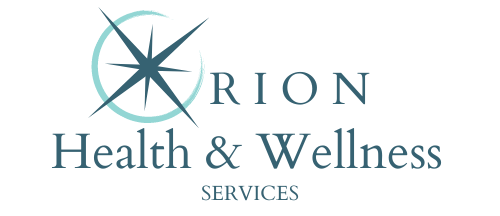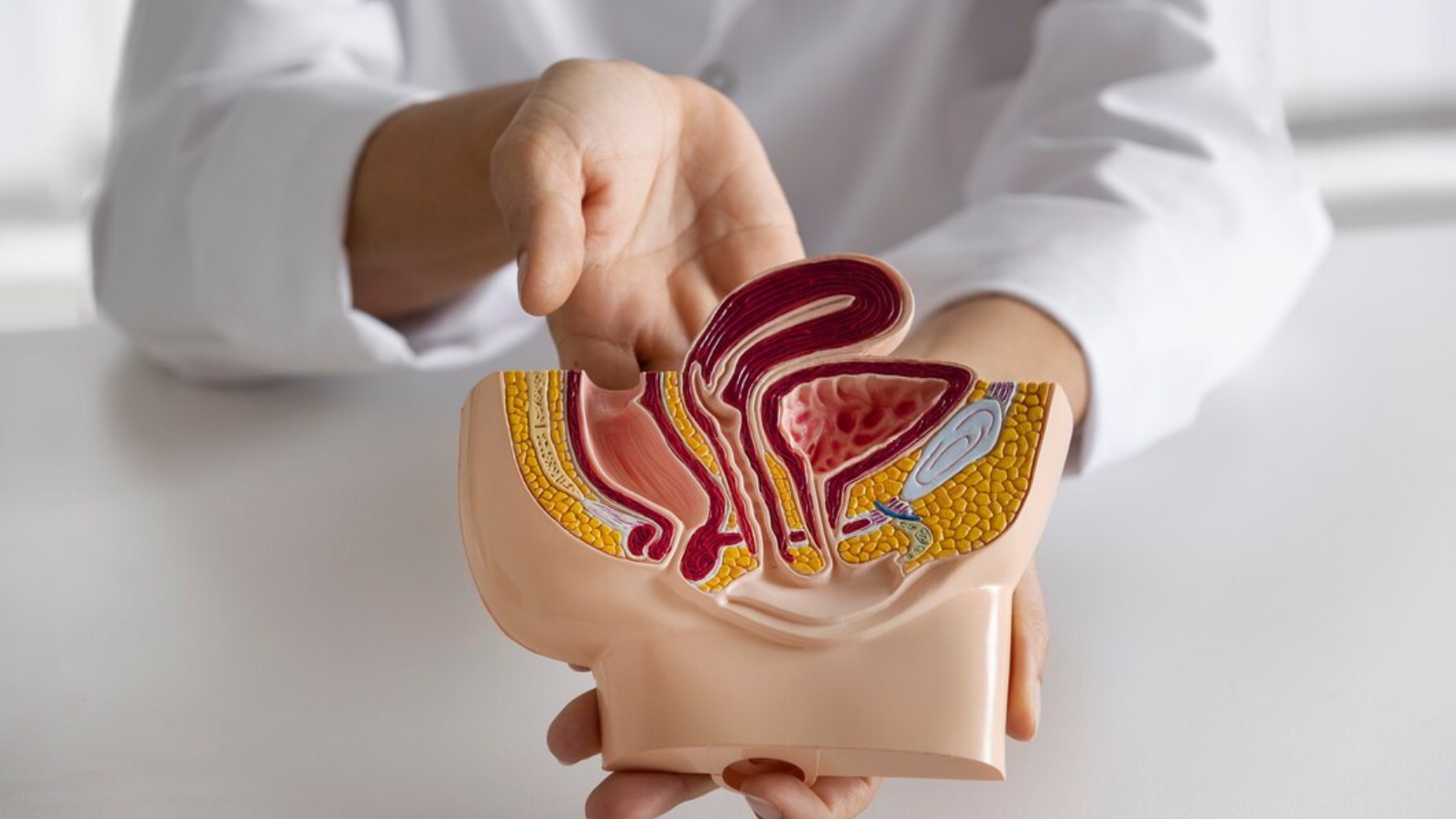Primary hypogonadism is a medical condition in which the gonads—either the testes in males or the ovaries in females—fail to produce adequate levels of sex hormones, such as testosterone or estrogen. These hormones play a crucial role in sexual development, reproduction, and overall health. When the gonads do not function properly, it can lead to various physical and physiological challenges, including delayed puberty, infertility, reduced muscle mass, and fatigue.
This condition can be present from birth or develop later in life due to injury, infection, or underlying medical conditions.
The effects of primary hypogonadism extend beyond reproductive health. Hormonal imbalances can impact bone density, cardiovascular health, and emotional well-being. In many cases, medical intervention is necessary to restore hormone levels and alleviate symptoms.
Understanding the causes and treatment options for primary hypogonadism is essential for those affected, as timely diagnosis and management can significantly improve quality of life.
Key Takeaways
- Primary hypogonadism occurs when the testes or ovaries don’t produce enough sex hormones, leading to various health issues.
- This condition can be present from birth or develop later due to factors like infections, injuries, or certain medical treatments.
- Symptoms in men may include reduced muscle mass, low energy, and infertility; women might experience irregular periods and low libido.
- Diagnosis typically involves blood tests showing low sex hormone levels and high gonadotropin levels, indicating the body’s attempt to stimulate hormone production.
- Treatment often includes hormone replacement therapy to restore normal hormone levels and alleviate symptoms, improving overall quality of life.
Table of Contents
Understanding Primary Hypogonadism
Definition and Causes
Primary hypogonadism occurs when the gonads lose their ability to produce sex hormones due to intrinsic defects. Unlike secondary hypogonadism, which stems from issues in the brain’s hypothalamus or pituitary gland, primary hypogonadism originates in the gonads themselves. This condition may be congenital or acquired later in life.
Some common causes include:
- Genetic conditions: Klinefelter syndrome and Turner syndrome are chromosomal disorders that impair gonadal function.
- Autoimmune diseases: Conditions such as autoimmune polyglandular syndrome can cause the body to attack its own gonadal tissue.
- Infections: Mumps orchitis, a viral infection, can lead to testicular damage and hormone deficiency.
- Chemotherapy and radiation: Cancer treatments can impair hormone production by damaging gonadal cells.
- Surgical removal: Surgery involving the testes or ovaries, including those for cancer, can lead to hypogonadism.
- Chronic illnesses: Conditions such as kidney failure or liver disease can disrupt hormone production.
Recognizing these causes is essential in diagnosing and managing primary hypogonadism effectively.
Symptoms and Diagnosis
The symptoms of primary hypogonadism vary based on age and gender. In males, the condition often results in underdeveloped secondary sexual characteristics, including a lack of facial hair, low muscle mass, and gynecomastia (breast tissue enlargement). In females, symptoms may include delayed menstruation, irregular periods, or infertility.
Other common symptoms in both genders include:
- Low energy levels and chronic fatigue
- Reduced libido or sexual dysfunction
- Mood changes, such as depression or irritability
- Osteoporosis, leading to fragile bones
- Difficulty concentrating and brain fog
To diagnose primary hypogonadism, healthcare providers conduct blood tests to measure hormone levels, particularly testosterone in men and estrogen in women. Additional tests, such as genetic analysis and imaging scans, may be used to determine underlying causes.
Treatment and Management
Testosterone Replacement Therapy (TRT)
For men with primary hypogonadism, testosterone replacement therapy (TRT) is the most common treatment. TRT helps restore normal testosterone levels, alleviating symptoms such as fatigue, muscle loss, and low libido. This therapy is available in several forms, including:
- Injectable testosterone: Administered weekly or biweekly for steady hormone levels.
- Transdermal patches or gels: Applied daily to the skin for consistent absorption.
- Implantable pellets: Inserted under the skin for long-term hormone delivery.
TRT can improve bone density, mood, and overall well-being, but it requires medical supervision to monitor potential side effects, including increased red blood cell count and fluid retention.
Estrogen and Alternative Therapies for Women
Women with primary hypogonadism may require estrogen replacement therapy (ERT), often combined with progesterone to maintain hormonal balance. ERT can alleviate symptoms such as hot flashes, osteoporosis, and mood swings. Other treatment options include:
- Lifestyle modifications: Regular exercise, balanced nutrition, and stress management can support overall health.
- Calcium and vitamin D supplements: Essential for bone health, especially in women at risk of osteoporosis.
- Fertility treatments: Assisted reproductive technologies, such as in vitro fertilization (IVF), may help women with primary hypogonadism conceive.
Management of this condition depends on the individual’s symptoms, age, and overall health. A personalized treatment plan ensures the best possible outcomes.
Struggling with Low Testosterone? It Could Be Primary Hypogonadism
Frequently Asked Questions
No, primary hypogonadism is a medical condition caused by gonadal dysfunction, while low testosterone can have multiple causes.
In most cases, it is a lifelong condition, but hormone therapy can effectively manage symptoms.
Primary hypogonadism originates in the gonads, while secondary hypogonadism results from issues in the brain’s hormone-regulating centers.
It can lead to infertility, but assisted reproductive technologies may help individuals conceive.
Potential risks include increased red blood cell count, acne, and fluid retention, requiring medical monitoring.
Yes, women can experience this condition, leading to low estrogen levels and reproductive challenges.
Some genetic conditions, like Klinefelter syndrome, are inherited and can cause primary hypogonadism.
Blood tests measuring hormone levels, imaging studies, and genetic testing help confirm the diagnosis.
Yes, hormone deficiencies can lead to bone loss, increasing fracture risk.
Healthy eating, regular exercise, stress management, and medical treatment can improve quality of life.

